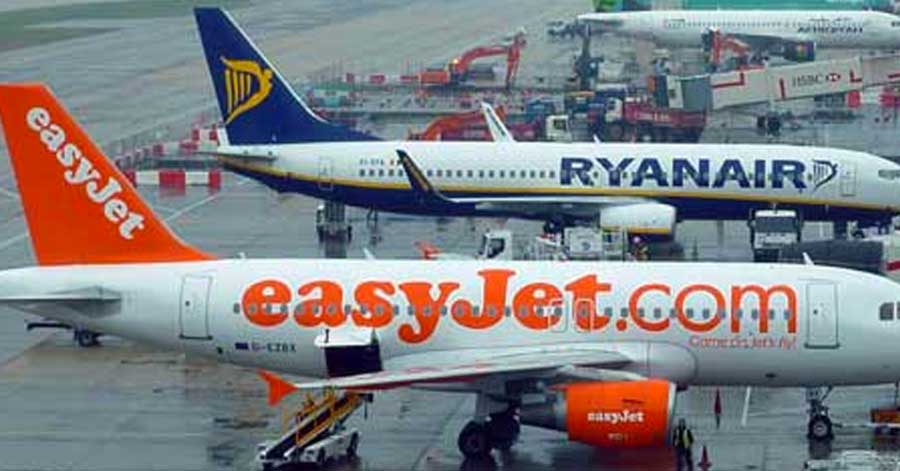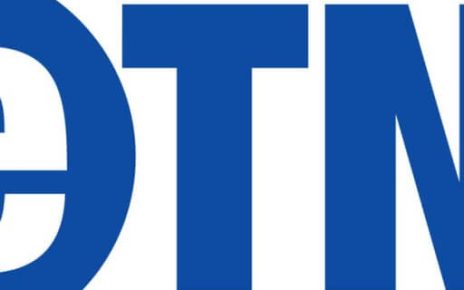Frugal cost-cutting measures taken and operational responsiveness will see low-cost carriers move quickly to absorb pent-up demand and capitalize on any opportunities
- Low-cost carriers’ aggressive cost-cutting will give them an even larger cost advantage than pre-pandemic
- 87% of consumers are ‘extremely’, ‘quite’ or ‘slightly’ concerned about their personal finances, and low-cost carrier’s low fares are well-positioned to meet this need
- Low-cost carrier’s ability to quickly respond to pent up demand will pay off
The low-cost airline model will lead post-COVID recovery and help revitalize demand. Frugal cost-cutting measures taken and operational responsiveness will see these carriers move quickly to absorb pent-up demand and capitalize on any opportunities ahead of other high-cost model airlines.
The COVID-19 pandemic has amplified consumer concerns around personal finances. The latest COVID-19 Recovery Survey showed that globally, a staggering 87% of respondents were ‘extremely’, ‘quite’, or ‘slightly’ concerned about their personal financial position.
Low-cost carriers (LCCs) have trimmed costs well. Although all airlines have drastically reduced costs to weather the storm created by COVID-19, it is evident that low-cost carriers have managed to push already low-cost bases even lower. These carriers can now operate cash-positive routes with a lower load factor than before, which is incredibly important with the current low levels of demand.
LCCs were the first off the blocks to capture any pent-up demand in the market and were successful in doing so. Wizz Air responded quickly by adding capacity from the UK to the Canary Islands when it was added to the travel corridor list. Relaxation of travel rules across Europe in the summer, and the rapid increase in capacity deployed by LCCs to respond to the high levels of pent-up demand, showed that low-cost airlines remained nimble and flexible during the pandemic.
LCCs have shown a high degree of resilience and flexibility to network planning and aircraft deployment. The sale and leaseback agreements forged by easyJet have given the company a high degree of fleet flexibility to better respond to changes in demand over the coming years. This places it in a much stronger position than legacy carriers that have retired aircraft from their fleets.
The low fares offered by LCCs will better cater to the increased need of affordability. Cost-cutting measures will allow LCCs to push ticket prices to new lows if necessary and still break-even, leaving other carriers at the risk of flying unprofitably if they choose to compete. These airlines will likely gain a stronger foothold in the market as a result of the pandemic. With leisure travel most likely to rebound first and LCC’s short distance, point-to-point networks will better suit pandemic-cautious travelers looking for trips closer to home



